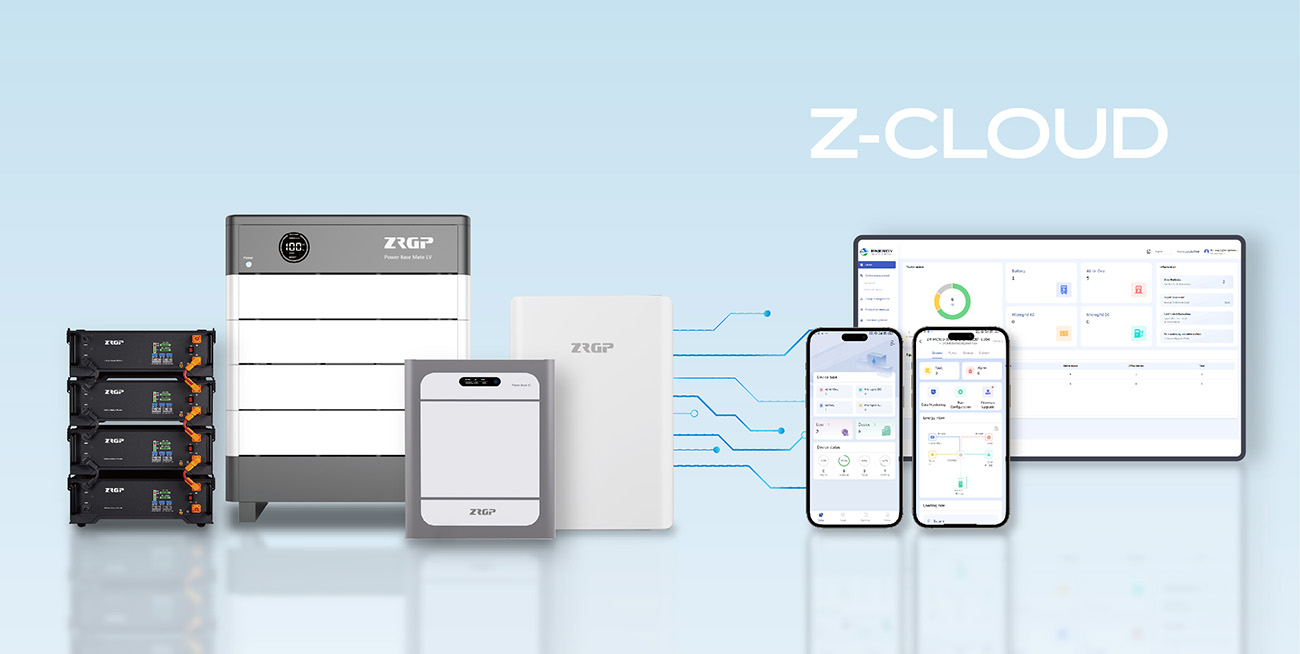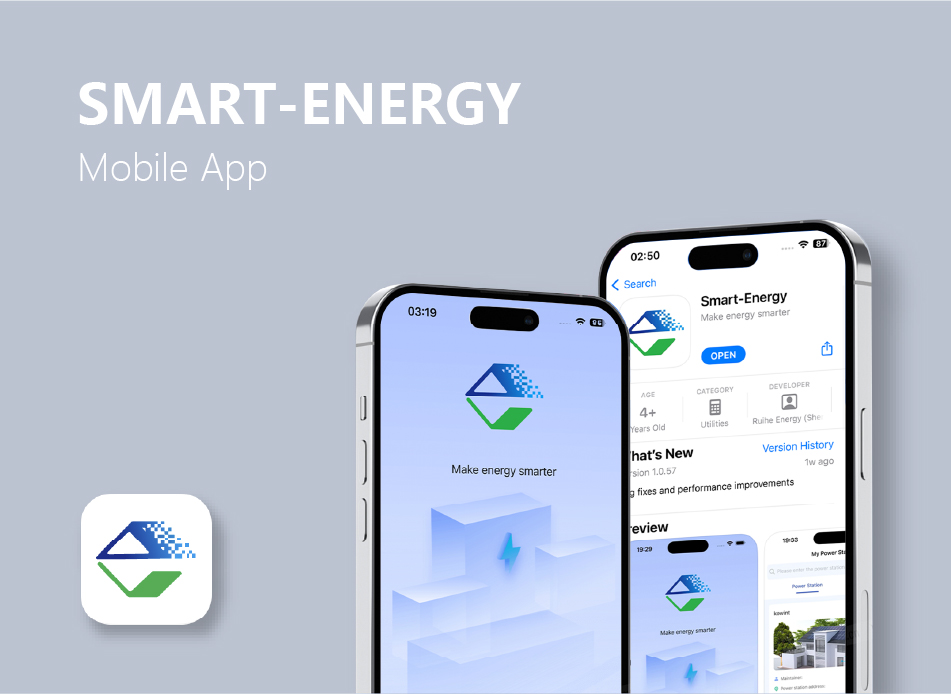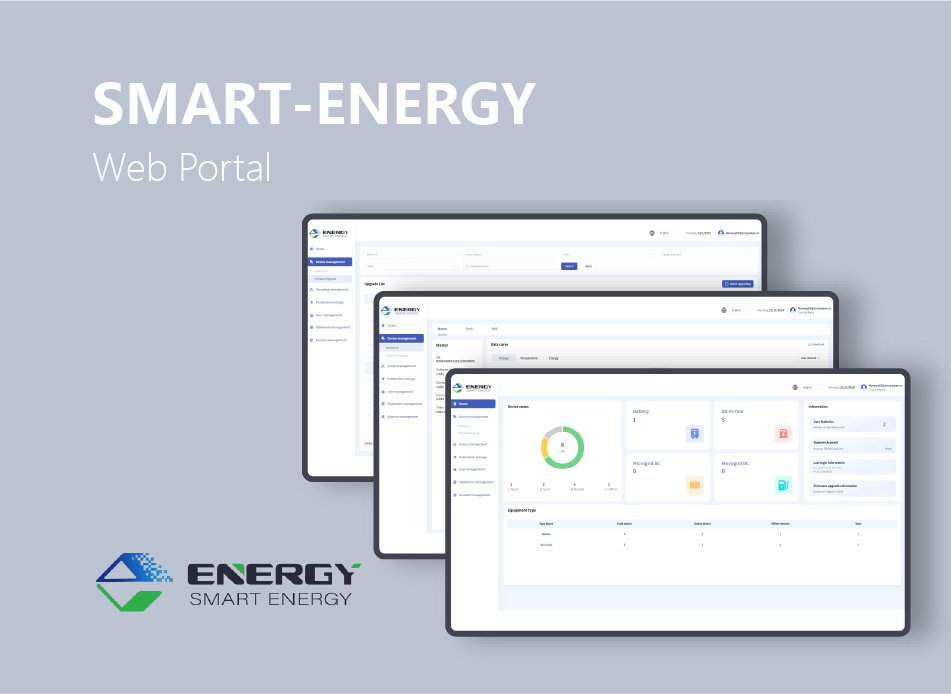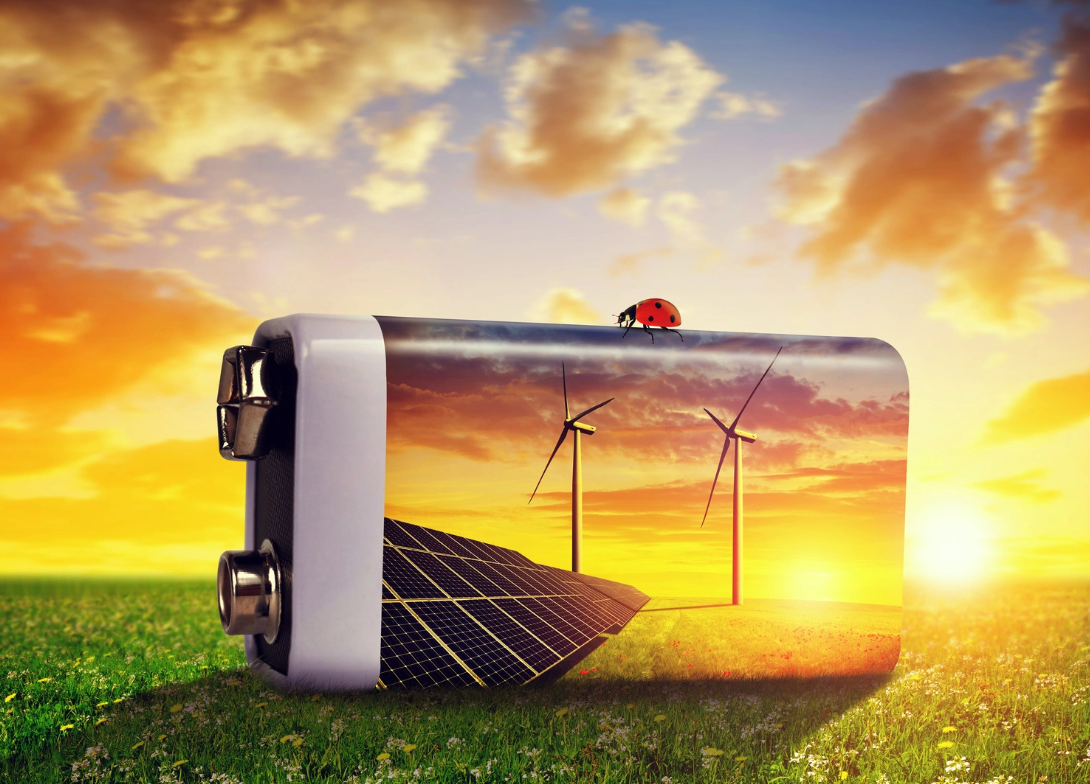What are Smart Microgrids?
What is a Virtual Power Plant (VPP)?
How Smart Microgrids and VPPs Work Together
The Future of Smart Microgrids and VPPs in Commercial Energy Storage
Conclusion: A Smarter, More Resilient Energy Future
The Synergistic Effect of Smart Microgrids and Virtual Power Plants (VPP) in Commercial Energy Storage

In today's rapidly evolving energy landscape, businesses are increasingly turning to advanced energy solutions to meet their growing energy demands. Among the most promising technologies are Smart Microgrids and Virtual Power Plants (VPP), which are revolutionizing the way energy is produced, stored, and distributed. These systems not only operate independently but also work together to create a smarter, more resilient, and more efficient energy system. This article explores how the integration of Smart Microgrids and VPPs enhances the performance of commercial energy storage systems, providing businesses with improved energy management capabilities.
What are Smart Microgrids?
A Smart Microgrid is a localized energy system capable of operating independently from the main power grid. It integrates a variety of energy resources such as solar panels, wind turbines, energy storage systems (ESS), and smart building technologies, all of which are managed by an Energy Management System (EMS). The key advantage of a smart microgrid is that it allows businesses to generate, store, and consume energy locally, increasing energy security and reducing dependence on the centralized grid. Additionally, smart microgrids provide businesses with the ability to ensure power continuity in the event of grid outages by switching to backup energy sources such as batteries or renewables.
What is a Virtual Power Plant (VPP)?
A Virtual Power Plant (VPP) is a digital platform that aggregates and optimizes the operation of various distributed energy resources (DERs) such as solar power, energy storage, electric vehicles (EVs), and demand-response systems. By connecting these distributed assets, a VPP mimics the operation of a centralized power plant, offering businesses the ability to efficiently manage and distribute energy across multiple sites. The VPP optimizes the energy usage of these assets in real-time, taking into account market conditions, energy demand, and grid requirements.
How Smart Microgrids and VPPs Work Together
While both Smart Microgrids and VPPs offer distinct advantages, their combination creates a powerful synergy that maximizes energy usage, increases efficiency, and improves overall system reliability for businesses. The integration of these two technologies creates a seamless and intelligent energy network that enables businesses to fully optimize their energy resources and enhance overall performance.
The integration of a Smart Microgrid and a VPP enables more efficient energy distribution. The microgrid can provide stable and reliable power through its energy storage and renewable sources, while the VPP ensures that the energy is optimally distributed across different energy resources and consumption points. For example, when a business's microgrid generates excess solar power, the VPP can help distribute this energy across the network or sell it to the grid, generating revenue from surplus energy.
A major advantage of VPP is its ability to participate in demand response (DR) programs, which allow businesses to adjust their energy consumption based on real-time pricing or grid needs. During high-demand periods when energy prices are high, the VPP can dispatch energy from the business's energy storage system, reducing reliance on the grid and lowering electricity costs. Similarly, during off-peak hours, the VPP can store excess energy in batteries for later use, taking advantage of lower electricity prices.
Both Smart Microgrids and VPPs are designed with redundancy in mind, ensuring that power is always available, even when one part of the system fails. The redundant design of a microgrid ensures backup energy is available, and the VPP enhances this by allowing energy flows to be adjusted dynamically. For example, if there is a failure in one part of the microgrid's solar generation, the VPP can pull energy from other connected microgrids or storage systems to compensate, ensuring that the energy supply remains uninterrupted. This collaborative redundancy enhances the overall reliability and security of the system, reducing the risk of power outages and ensuring that businesses experience minimal downtime.
The Future of Smart Microgrids and VPPs in Commercial Energy Storage
As the demand for smarter, more resilient, and more efficient energy systems continues to rise, the role of Smart Microgrids and Virtual Power Plants will only grow. With ongoing advancements in IoT, Big Data, and AI, these technologies will become even more intelligent and automated, making energy systems more adaptive and responsive to real-time conditions.
For industries and commercial enterprises, implementing Smart Microgrids and VPP solutions can lead to lower energy costs, enhanced energy reliability, and greater sustainability. These systems provide greater flexibility in managing energy resources, allowing businesses to participate in energy markets and benefit from demand response incentives. With increasing government support for renewable energy integration and smart grid technologies, businesses adopting these solutions will also benefit from additional regulatory support and incentives, further lowering their investment barriers.
Conclusion: A Smarter, More Resilient Energy Future
The integration of Smart Microgrids and VPPs is revolutionizing the way businesses manage and optimize their energy usage. By combining localized energy management with centralized optimization, businesses can reduce costs, improve efficiency, and enhance system reliability.
At ZRGP, we are committed to providing integrated, scalable energy storage solutions that enable businesses to optimize their energy usage and contribute to a smarter, more sustainable energy future. We continue to lead the way in providing businesses with the tools they need to create a more intelligent and sustainable energy ecosystem.






